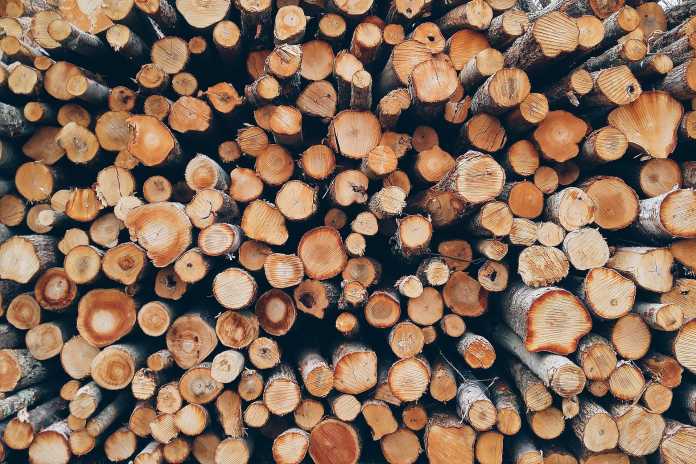A recent article in United Kingdom (UK)-based newspaper The Guardian gives fair coverage to the idea that biomass energy may not be as environmentally friendly as its advocates claim. This is especially true in the case of wood pellet biomass power plants in the UK, where the majority of pellets are shipped across the Atlantic from the United States and Canada.
The article, “Burning imported wood in Drax power plant ‘doesn’t make sense’, says Kwarteng,” describes the recent comments by the UK’s business and energy secretary Kwasi Kwarteng. Kwarteng says that “[t]he importing of wood to burn in Drax power station “is not sustainable” and “doesn’t make any sense,” The Guardian reports.
Drax power station is one of the largest biomass power facilities in Europe, and used to be the largest coal power generators before converting several of its units to burn biomass in the form of manufactured wood pellets. The company receives billions in “renewable” energy subsidies because of its alleged “net zero” power generations. However, as The Guardian reports, “[s]cientists and campaigners have long argued that burning wood to produce electricity is far from green and can even increase the CO2 emissions driving the climate crisis.”
Drax also gets around 70 percent of its woody biomass pellets manufactured in the United States, importing them by cargo ship across the Atlantic. The manufacturing of and transport of wood pellets across the Atlantic is energy intensive and creates additional emissions and brings the “net zero” power generation into question.
The Heartland Institute produced a report, here, that concurs with the European Academies Science Advisory Council and Kwarteng; burning wood in power stations may well produce more emissions than fossil fuels, and for less energy.
The report found that it can take 44 to 104 years to offset carbon dioxide emissions from burning biomass by growing trees, and that is assuming the trees grown as replacements are an equivalent carbon sink to the original now-combusted wood—which they usually aren’t.
The Heartland report shows biomass power plants also “emit 50 to 85 percent more carbon dioxide” than coal plants, and “more than three times” the amount a natural gas plant produces.
The emissions alone from biomass power plants should disqualify it as an alternative to fossil fuels at the industrial level, but the impact on land use and habitat is also a major issue, especially when the wood pellets come from tree plantations or virgin forest.
This issue is explored in a Climate Realism post, “Real Threats to Biodiversity and Humanity,” which says that “nearly 300,000,000 trees per year” are cut down and turned into wood pellets that go to the Drax plant. As Paul Driessen explains in the post, “[t]hat’s one year to slash and burn the fuel, and fifty years to regrow replacement trees.”
Kwarteng is right to call this practice nonsensical.
If a climate alarmist-friendly publication like The Guardian is willing to promote the idea that biomass power isn’t sustainable or logical, they should get credit for reporting it honestly. The most “inconvenient truth” is that power plants like Drax may actually save on emissions by switching back to modern, clean coal, and leave the forests alone to act as vital plant and animal habitat, as well as a natural carbon sink.

















